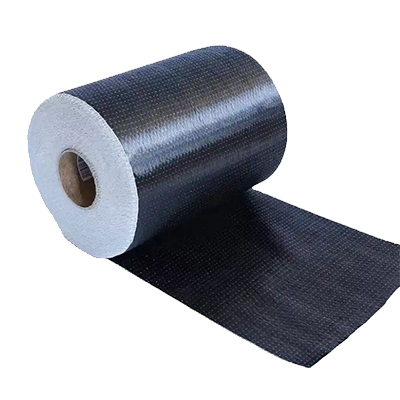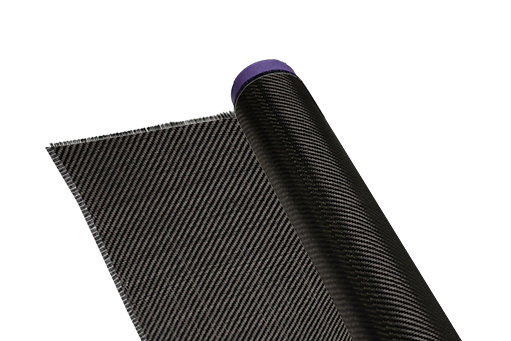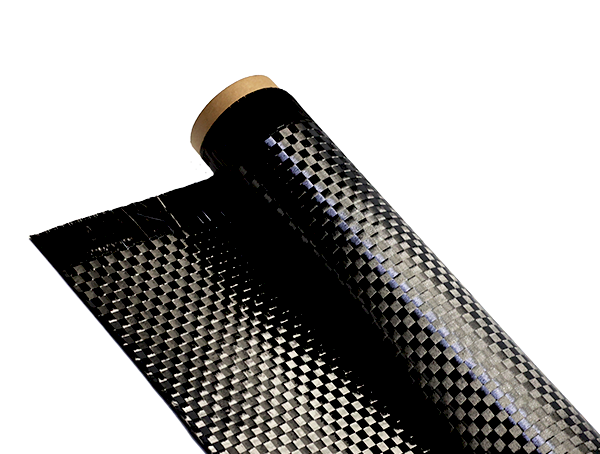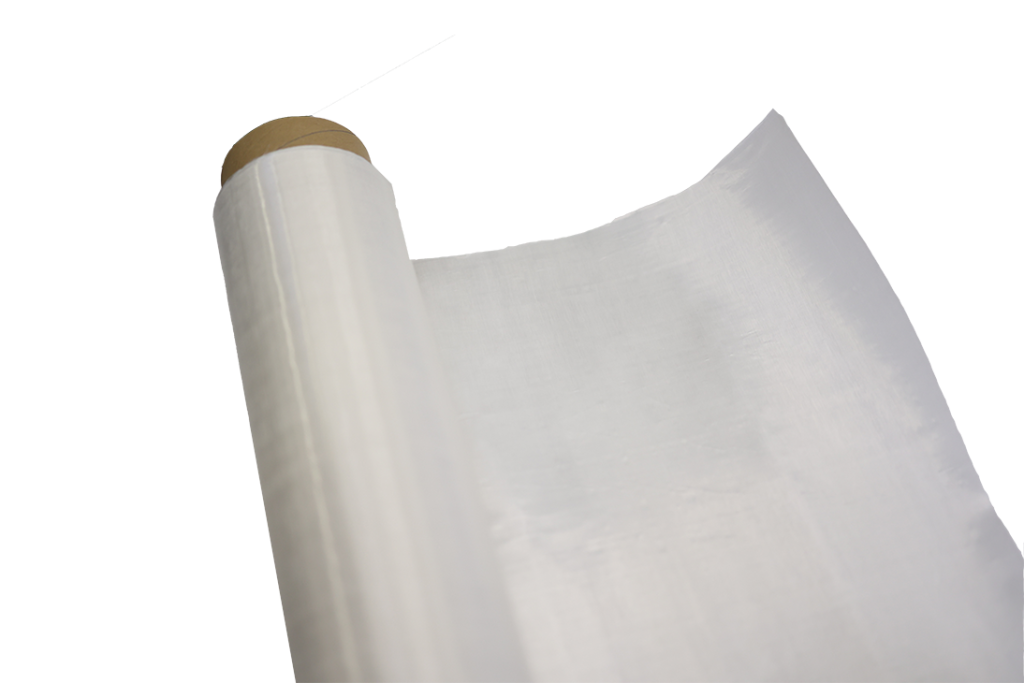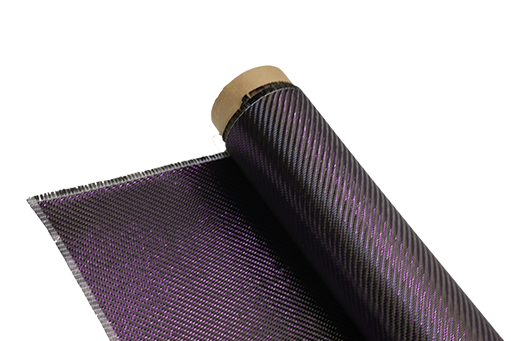New EU Safety Standard for Prepreg Carbon Fiber Use
-
Table of Contents
“Elevating Safety: New EU Standards for Prepreg Carbon Fiber Use.”
The new EU safety standard for prepreg carbon fiber use aims to enhance the safety and performance of composite materials in various industries, including aerospace, automotive, and sports equipment. This standard establishes guidelines for the manufacturing, handling, and application of prepreg carbon fiber, addressing concerns related to health, environmental impact, and product reliability. By implementing these regulations, the EU seeks to ensure that products made with prepreg carbon fiber meet stringent safety criteria, thereby protecting workers, consumers, and the environment while promoting innovation and competitiveness in the composite materials sector.
Overview of the New EU Safety Standard for Prepreg Carbon Fiber
The introduction of a new European Union safety standard for prepreg carbon fiber marks a significant advancement in the regulation of composite materials used across various industries, including aerospace, automotive, and sports equipment. This standard aims to enhance safety protocols and ensure that products manufactured with prepreg carbon fiber meet stringent quality and performance criteria. As the demand for lightweight and high-strength materials continues to rise, the need for comprehensive safety measures becomes increasingly critical. The new standard addresses these concerns by establishing guidelines that manufacturers must adhere to during the production and application of prepreg carbon fiber.
One of the primary objectives of the new safety standard is to mitigate risks associated with the use of prepreg carbon fiber, particularly in high-stakes environments where failure could lead to catastrophic consequences. By implementing rigorous testing and certification processes, the EU seeks to ensure that all prepreg carbon fiber products are subjected to thorough evaluations before they reach the market. This includes assessments of mechanical properties, durability, and resistance to environmental factors, which are essential for maintaining the integrity of the materials over time. Consequently, manufacturers will be required to invest in advanced testing methodologies and quality control measures to comply with the new regulations.
Moreover, the standard emphasizes the importance of traceability in the supply chain. Manufacturers will need to maintain detailed records of the sourcing and processing of raw materials, ensuring that every component used in the production of prepreg carbon fiber can be traced back to its origin. This level of transparency not only enhances accountability but also allows for more effective monitoring of compliance with safety standards. As a result, stakeholders across the supply chain, from raw material suppliers to end-users, will benefit from increased confidence in the safety and reliability of prepreg carbon fiber products.
In addition to enhancing safety, the new EU standard also aims to promote innovation within the industry. By establishing clear guidelines and benchmarks, the standard encourages manufacturers to invest in research and development to improve the performance characteristics of prepreg carbon fiber. This could lead to the creation of new formulations or processing techniques that enhance the material’s properties, such as increased strength-to-weight ratios or improved resistance to temperature fluctuations. As manufacturers strive to meet the new requirements, the potential for technological advancements in the field of composite materials is substantial.
Furthermore, the implementation of this safety standard is expected to have a positive impact on international trade. As countries outside the EU seek to access the European market, they will need to align their manufacturing processes with the new regulations. This alignment not only facilitates smoother trade relations but also raises global standards for prepreg carbon fiber production. Consequently, manufacturers worldwide may find themselves adopting similar safety measures, leading to a more uniform approach to quality and safety in the industry.
In conclusion, the new EU safety standard for prepreg carbon fiber represents a pivotal step toward enhancing safety, promoting innovation, and ensuring accountability within the composite materials sector. By establishing comprehensive guidelines and rigorous testing protocols, the EU is not only safeguarding consumers but also fostering a culture of excellence among manufacturers. As the industry adapts to these new regulations, the potential for improved products and safer applications of prepreg carbon fiber will undoubtedly shape the future of various sectors reliant on this advanced material.
Implications of the New EU Safety Standard on the Aerospace Industry
The recent implementation of a new EU safety standard for the use of prepreg carbon fiber is poised to have significant implications for the aerospace industry. As the demand for lightweight, high-strength materials continues to grow, the aerospace sector has increasingly turned to prepreg carbon fiber for its superior performance characteristics. However, the introduction of this safety standard necessitates a reevaluation of manufacturing processes, material sourcing, and overall compliance strategies within the industry.
One of the most immediate implications of the new safety standard is the need for aerospace manufacturers to enhance their quality control measures. The standard outlines specific requirements for the handling, storage, and processing of prepreg carbon fiber, which are critical to ensuring the integrity and performance of the final product. Consequently, manufacturers will need to invest in advanced testing and monitoring systems to comply with these regulations. This shift not only demands financial resources but also necessitates a cultural change within organizations, emphasizing the importance of safety and compliance at every level of production.
Moreover, the new standard is likely to influence the supply chain dynamics within the aerospace industry. Suppliers of prepreg carbon fiber will be required to meet stringent criteria, which may lead to a consolidation of the supplier base. Smaller suppliers who cannot meet these new requirements may find it challenging to remain competitive, potentially leading to a reduction in the diversity of available materials. This consolidation could also result in increased costs for manufacturers, as they may have to rely on a limited number of suppliers who can guarantee compliance with the new safety standards.
In addition to affecting suppliers, the new safety standard will also impact research and development efforts within the aerospace sector. As companies strive to innovate and improve their products, they will need to ensure that any new materials or processes align with the established safety guidelines. This may slow down the pace of innovation in the short term, as companies focus on compliance rather than exploration of new technologies. However, in the long run, this emphasis on safety could lead to the development of even more advanced materials and processes that not only meet but exceed the new standards.
Furthermore, the introduction of the safety standard may have implications for international collaboration within the aerospace industry. As companies operate in a global marketplace, differing safety regulations can create challenges for cross-border operations. The EU’s new standard may prompt other regions to reevaluate their own safety regulations, potentially leading to a more harmonized approach to prepreg carbon fiber use worldwide. This could facilitate smoother international trade and collaboration, ultimately benefiting the aerospace sector as a whole.
Lastly, the new EU safety standard underscores the growing importance of sustainability in the aerospace industry. As manufacturers are compelled to adopt safer practices, there is an opportunity to integrate environmentally friendly processes into their operations. This alignment with sustainability goals not only enhances compliance with regulations but also meets the increasing demand from consumers and stakeholders for responsible manufacturing practices.
In conclusion, the new EU safety standard for prepreg carbon fiber use presents both challenges and opportunities for the aerospace industry. While it necessitates significant adjustments in quality control, supply chain management, and research and development, it also paves the way for enhanced safety, innovation, and sustainability. As the industry adapts to these changes, it will ultimately emerge stronger and more resilient, ready to meet the demands of the future.
Compliance Strategies for Manufacturers Under the New EU Safety Standard
The introduction of the new EU safety standard for prepreg carbon fiber use marks a significant shift in the regulatory landscape for manufacturers operating within the European Union. As the demand for advanced composite materials continues to grow across various industries, including aerospace, automotive, and sports equipment, compliance with these stringent safety regulations has become paramount. Manufacturers must adopt comprehensive compliance strategies to navigate the complexities of the new standard effectively.
To begin with, understanding the specific requirements outlined in the new safety standard is crucial for manufacturers. This involves a thorough review of the regulations, which detail the necessary testing protocols, material specifications, and documentation processes. By familiarizing themselves with these requirements, manufacturers can identify the areas where their current practices may fall short. This initial assessment serves as a foundation for developing a robust compliance strategy that aligns with the new standard.
Once manufacturers have a clear understanding of the regulations, the next step involves conducting a gap analysis. This process entails comparing existing manufacturing processes and quality control measures against the new safety requirements. By identifying discrepancies, manufacturers can prioritize areas that require immediate attention. For instance, if the analysis reveals that certain testing methods do not meet the new standards, manufacturers can invest in updated equipment or training for personnel to ensure compliance. This proactive approach not only mitigates the risk of non-compliance but also enhances overall product quality.
In addition to addressing gaps in compliance, manufacturers should consider implementing a comprehensive training program for their workforce. As the new safety standard may introduce unfamiliar protocols and procedures, it is essential that employees are well-versed in these changes. Training sessions can cover topics such as proper handling of prepreg materials, adherence to safety protocols, and the importance of documentation. By fostering a culture of compliance within the organization, manufacturers can ensure that all employees are aligned with the new standards and are equipped to contribute to the overall safety and quality of the products.
Moreover, collaboration with suppliers and partners is another critical aspect of compliance strategies. Manufacturers should engage with their supply chain to ensure that all materials used in production meet the new safety standards. This may involve conducting audits of suppliers, requiring certifications, or establishing clear communication channels to address any potential issues. By working closely with suppliers, manufacturers can create a more resilient supply chain that adheres to the new regulations, ultimately leading to safer and more reliable products.
Furthermore, manufacturers should invest in continuous monitoring and evaluation of their compliance efforts. This involves regularly reviewing processes, conducting internal audits, and staying informed about any updates or changes to the safety standard. By establishing a system for ongoing compliance management, manufacturers can quickly adapt to any new requirements and maintain a proactive stance in their operations.
In conclusion, the new EU safety standard for prepreg carbon fiber use presents both challenges and opportunities for manufacturers. By understanding the regulations, conducting gap analyses, implementing training programs, collaborating with suppliers, and establishing continuous monitoring systems, manufacturers can develop effective compliance strategies. These efforts not only ensure adherence to the new standards but also enhance product quality and safety, ultimately positioning manufacturers for success in a competitive market. As the industry evolves, those who prioritize compliance will likely emerge as leaders in the field, setting benchmarks for safety and innovation in prepreg carbon fiber applications.
Q&A
1. **What is the new EU safety standard for prepreg carbon fiber use?**
The new EU safety standard for prepreg carbon fiber use establishes guidelines to ensure the safe handling, processing, and disposal of carbon fiber materials, focusing on minimizing health risks to workers and environmental impact.
2. **What are the key requirements of the new standard?**
Key requirements include proper ventilation in manufacturing facilities, the use of personal protective equipment (PPE) for workers, and protocols for the safe storage and disposal of carbon fiber waste to prevent contamination and exposure.
3. **How does the new standard impact manufacturers?**
Manufacturers must comply with the new safety regulations, which may require investment in updated equipment, training for employees on safety practices, and potential modifications to production processes to meet the established safety criteria.The new EU safety standard for prepreg carbon fiber use aims to enhance safety and environmental protection in the manufacturing and application of carbon fiber composites. By establishing rigorous guidelines for material handling, production processes, and end-use applications, the standard seeks to mitigate health risks associated with exposure to hazardous substances and ensure the structural integrity of carbon fiber products. This initiative not only promotes safer working conditions but also encourages innovation and sustainability within the industry, ultimately contributing to the broader goals of environmental responsibility and consumer safety in the European market.

